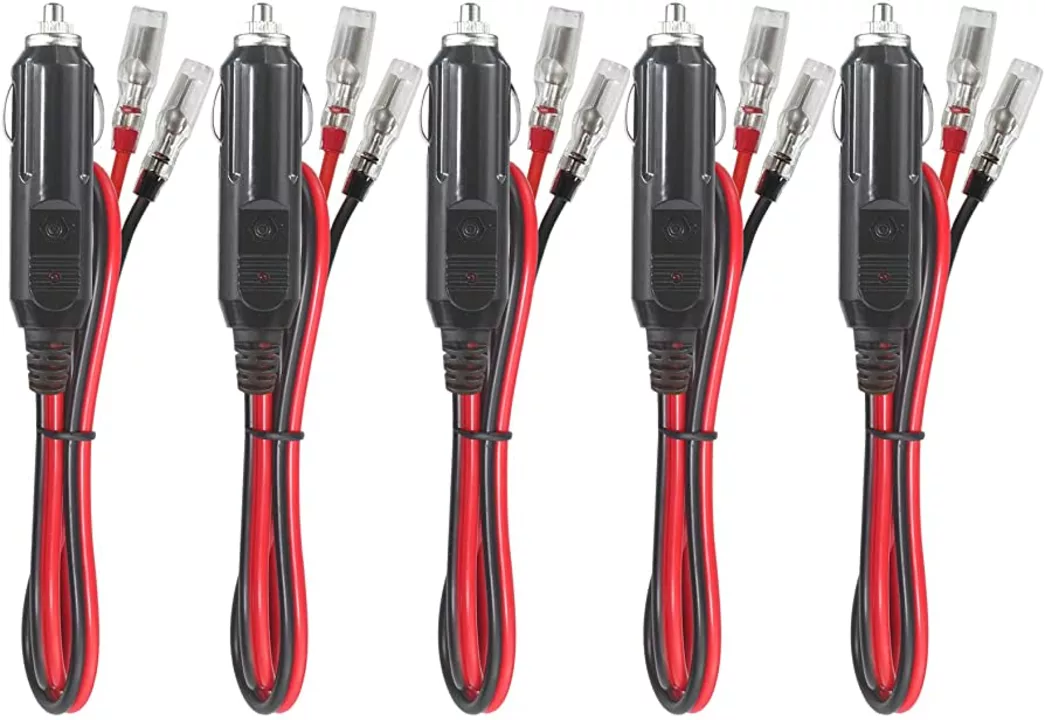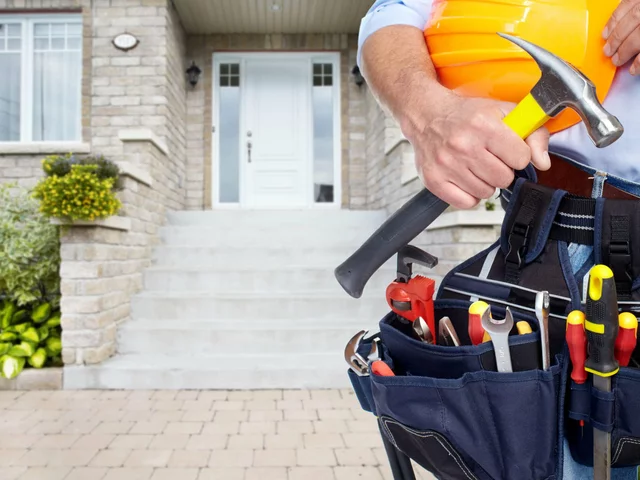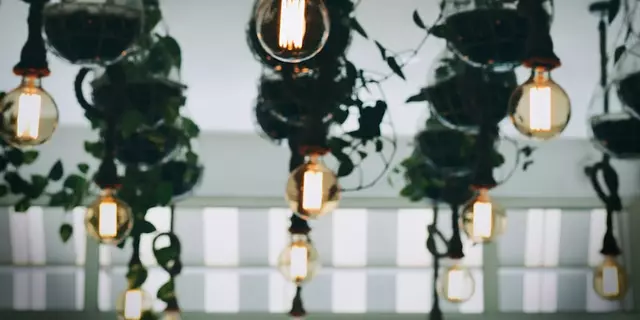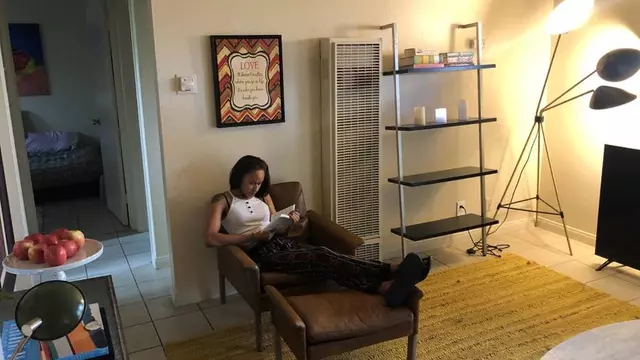Step-by-Step Guide to Fixing a Broken Light Cord
Broken light cords can be a real pain, but with a few steps you can have your lights shining bright again. Follow the steps below to easily fix a broken light cord.
Step 1: Gather Necessary Materials
Before you begin, you'll need to gather a few materials. You'll need a pair of low-voltage wire strippers, a pair of needle-nose pliers, and some electrical tape. Make sure you have all the necessary tools before you start.
Step 2: Inspect the Cord
Carefully inspect your light cord for any signs of damage. If there are any exposed wires, use the needle-nose pliers to twist the exposed wire back into its insulation. If the cord is beyond repair, it's time to get a new one.
Step 3: Strip the Cord
Once you have inspected the cord, use the wire strippers to strip a few inches of the cord's insulation. This will allow you to access the individual wires within the cord. Make sure you don't strip too much of the insulation off.
Step 4: Twist the Wires
Once the insulation has been stripped, use the needle-nose pliers to twist the individual wires together. Make sure the wires are tightly twisted together and that there are no gaps between them.
Step 5: Secure the Wires
Once the wires are twisted together, use electrical tape to securely wrap around the entire connection. Make sure the tape is tightly wrapped around the entire connection, and that there are no gaps between the tape and the wires.
Step 6: Test the Connection
Once you have secured the wires with electrical tape, it's time to test the connection. Plug the light cord into an outlet and turn on the light switch. If the light comes on, you've successfully fixed your broken light cord.
Troubleshooting Common Problems with Light Cords
Checking the Voltage
The first step to troubleshooting any light cord is to ensure it is connected to the correct voltage. If the cord is connected to a voltage that is too low, it can cause it to malfunction. To check the voltage, use a multimeter or voltmeter. If the voltage is not within the recommended range, then the cord needs to be replaced.
Checking the Plug
If the plug or cord is damaged, then it can cause the light cord to malfunction. To check the plug, make sure it is securely plugged in and not damaged. If the plug looks damaged, then it should be replaced. Additionally, if the plug is loose, then it can cause the lights to flicker or not work at all.
Checking the Wires
If the wires connecting the plug to the cord are damaged or worn, then it can cause the light cord to malfunction. To check the wires, make sure the insulation is intact and the wires are securely connected. If the wires are frayed or the insulation is damaged, then the wires need to be replaced.
Checking the Socket
If the socket is damaged or worn, then it can cause the light cord to malfunction. To check the socket, make sure it is securely attached and not damaged. If the socket looks damaged, then it should be replaced. Additionally, if the socket is loose, then it can cause the lights to flicker or not work at all.
Checking the Switch
If the switch is damaged or worn, then it can cause the light cord to malfunction. To check the switch, make sure it is securely attached and not damaged. If the switch looks damaged, then it should be replaced. Additionally, if the switch is loose, then it can cause the lights to flicker or not work at all.
Checking the Fuse
If the fuse is damaged or worn, then it can cause the light cord to malfunction. To check the fuse, make sure it is securely attached and not damaged. If the fuse looks damaged, then it should be replaced. Additionally, if the fuse is loose, then it can cause the lights to flicker or not work at all.
Checking the Bulbs
If the bulbs are damaged or worn, then it can cause the light cord to malfunction. To check the bulbs, make sure they are securely attached and not damaged. If the bulbs look damaged, then they should be replaced. Additionally, if the bulbs are loose, then it can cause the lights to flicker or not work at all.
Tips for Replacing a Broken Light Cord
If your light cord has broken, you may be wondering how you can replace it. Fortunately, replacing a broken light cord isn’t difficult and can be done in a few easy steps.
Step 1: Unplug the Light Fixture
The first step is to unplug the light fixture from the wall. This is done for safety reasons, as electricity is dangerous when handled improperly. Take care to ensure the light is completely unplugged before continuing.
Step 2: Remove the Light Fixture Cover
Once the light is unplugged, you can remove the light fixture cover. This will give you access to the lighting hardware and wiring. Depending on the type of light you have, you may need to remove screws to get the cover off.
Step 3: Remove the Old Cord
The next step is to remove the old cord. First, locate the power cord where it connects to the light fixture. Disconnect the power cord to remove the old cord. Then, remove the old cord from the light fixture.
Step 4: Install the New Cord
Once the old cord is removed, you can install the new cord. First, connect the power cord to the new cord. Then, connect the new cord to the light fixture. Make sure the connection is secure, and double check it before continuing.
Step 5: Test the Light Fixture
After the new cord is installed, you can test the light fixture. Plug the light fixture into the wall and turn it on. If the light turns on, the new cord has been installed correctly. If not, double check the connections.
Step 6: Reinstall the Light Fixture Cover
Finally, reinstall the light fixture cover. This will protect the wiring and hardware from damage. Once the cover is in place, your light is ready to use.
How to Easily Repair a Broken Light Cord
Accidents happen and light cords are no exception. Whether it's from pulling on the cord too hard, or a pet chewing on it, a broken light cord can be a hassle to repair. But fear not, the task is not impossible and can be done with the right tools and know-how.
The first step is to assess the damage. If the cord is frayed or cut, then it will need to be replaced. But if the cord has come loose from the light socket, then it can be repaired. For this job, you will need a few things: a set of wire cutters, electrical tape, and a Phillips head screwdriver.
Begin by unplugging the cord from the wall, to ensure that you don't shock yourself. Then, use the Phillips head screwdriver to remove the casing from the plug. You should now be able to see the two wires that were connected to the plug. Carefully snip the ends of the wires off with the wire cutters, and then strip away about 1/4 inch of the insulation from each wire.
Next, wrap one end of the electrical tape around one of the wires, and then wrap the other end of the tape around the other wire. This will create a secure connection between the two wires. Make sure the tape is tight and snug. Once the wires are connected, wrap the entire length of the connection in electrical tape. This will provide extra insulation to the connection and prevent any shorts.
Finally, replace the plug casing and use the Phillips head screwdriver to secure it in place. Plug the cord back into the wall and check to see if the light turns on. If it does, then you have successfully repaired the cord.
Repairing a broken light cord may seem daunting, but with the right tools and know-how, it's a simple task. Taking a few minutes to assess the damage, gather the necessary materials, and properly secure the connection can save you both time and money.
What to Do When Your Light Cord Comes Broken
Getting a broken light cord can be a hassle. It could be due to a manufacturing defect, rough handling, or a faulty wiring installation. No matter the cause, it can be a challenge to figure out what to do. Fortunately, there are several methods to try that could help you fix the broken light cord.
Inspect the Cord
The first step is to inspect the cord. Look for any signs of damage such as fraying, cuts, or exposed wiring. If you spot any of these signs, you may need to replace the cord before attempting a fix. If there are no visible signs of damage, then you can move on to the next steps.
Check the Connections
If the cord isn’t damaged, the next step is to check the connections. Make sure that the connections are tight and secure. If they are loose, then you can try tightening them. If the connections appear to be completely broken, then you may need to replace the light socket.
Check for Short Circuits
If the connections are still in good condition, the next step is to check for any short circuits. Look for any signs of burning or smoke. If you find any, then you must unplug the cord and have a professional inspect it. Short circuits can be dangerous, so it’s best to get an expert to take a look.
Replace the Plug
If all of the above steps have been completed and the cord still isn’t working, then it’s time to replace the plug. Unscrew the plug from the cord and replace it with a new one. Make sure that the plug is compatible with the cord and that it is securely fastened before plugging it in.
Test the Cord
Once you’ve replaced the plug, it’s time to test the cord. Plug it in and see if the light is working. If it is, then you’ve successfully fixed the broken light cord. If not, then it’s time to call in a professional.
Fixing a broken light cord can be a challenge, but with a little patience and the right tools, it’s possible to get the job done. Inspecting the cord, checking the connections, looking for short circuits, and replacing the plug are all steps you can take to try and fix the broken light cord.







Write a comment